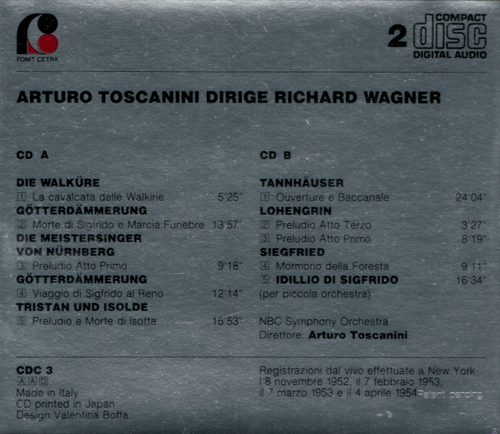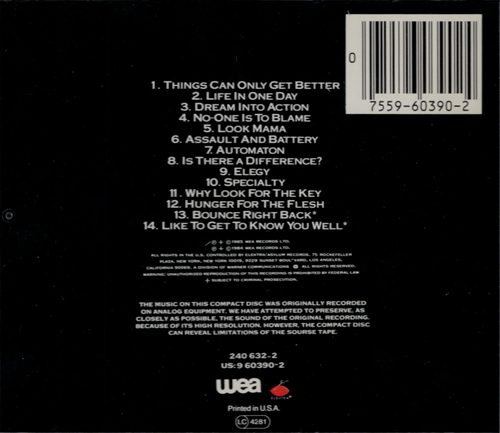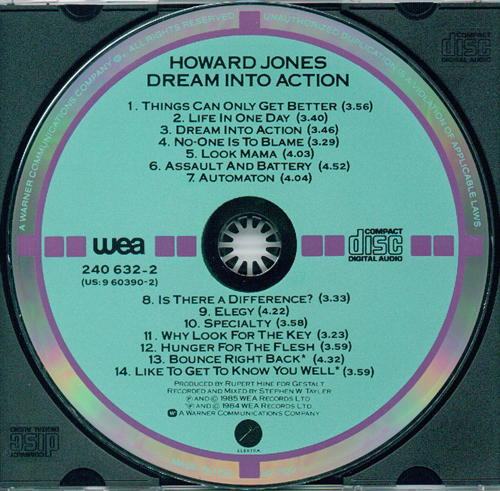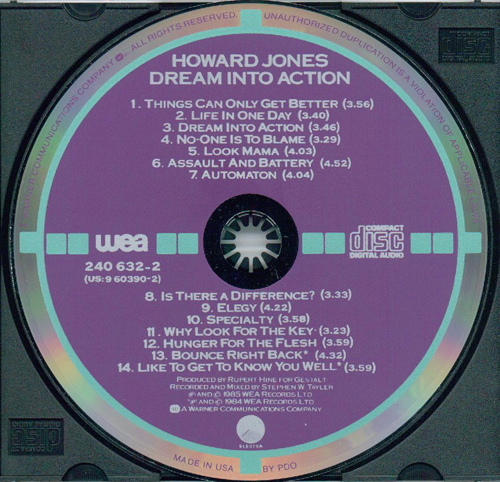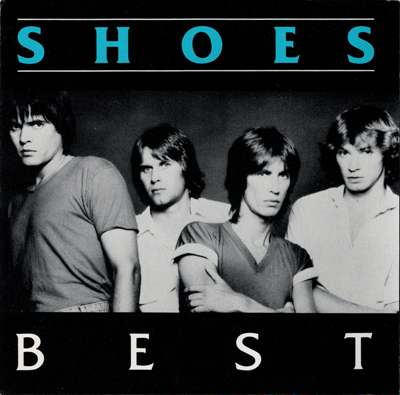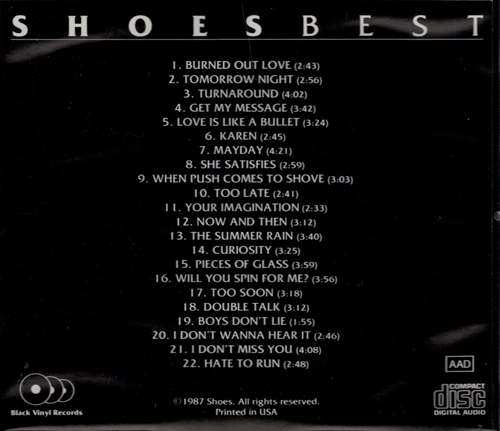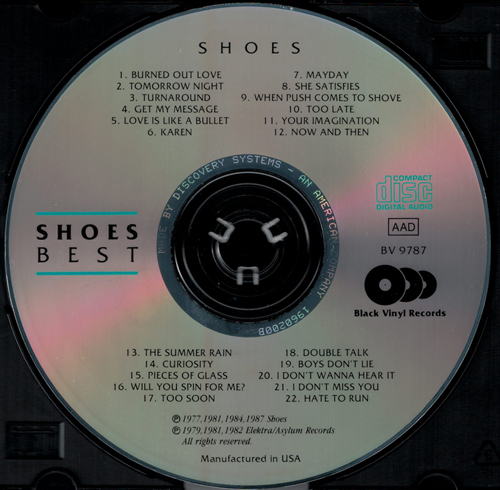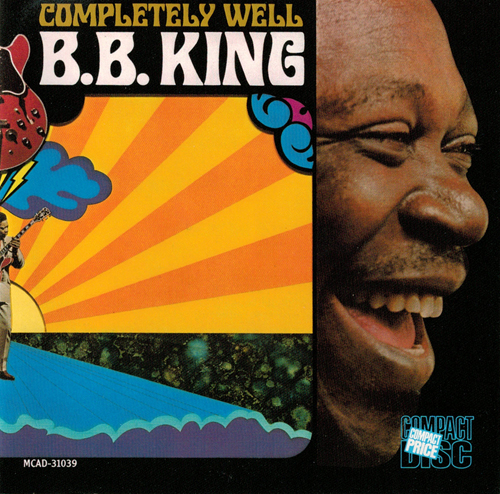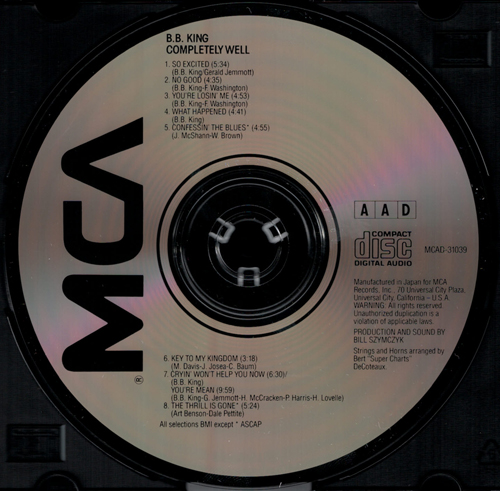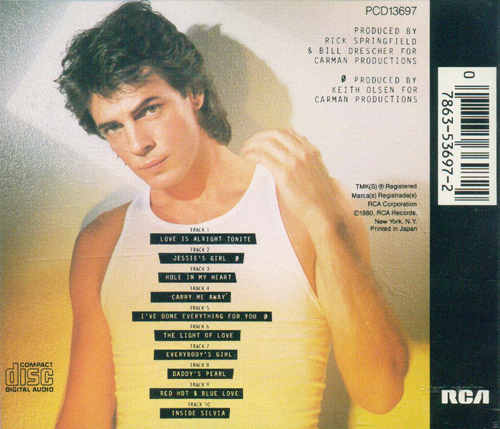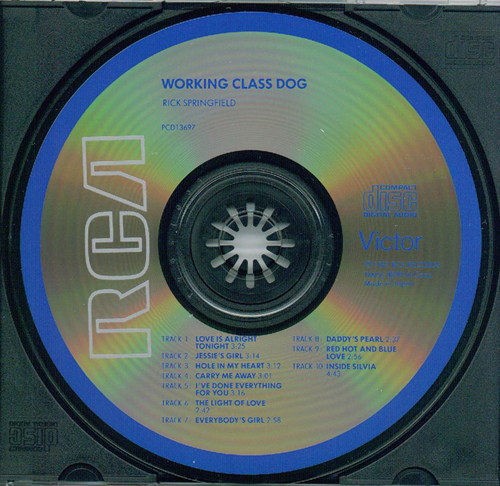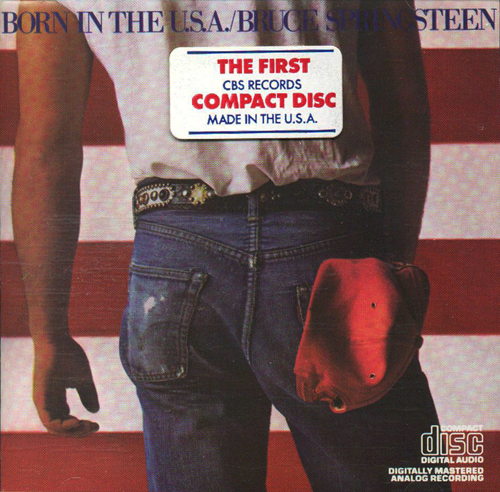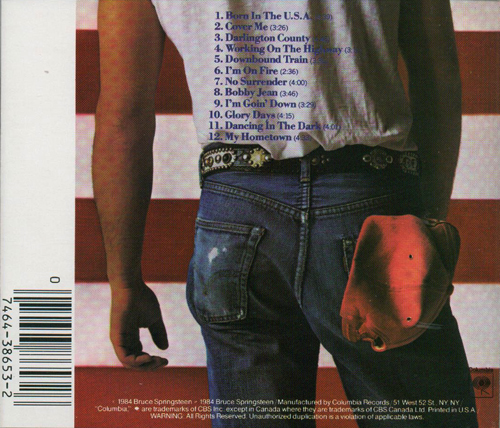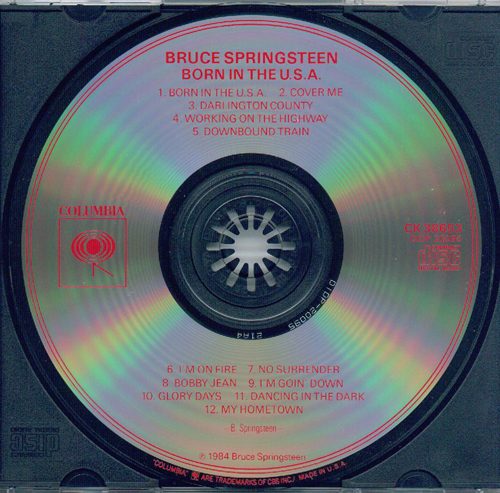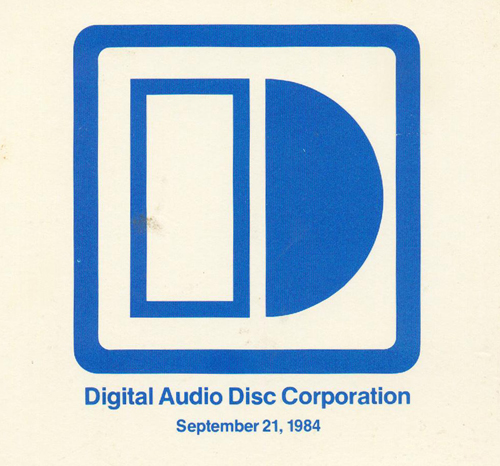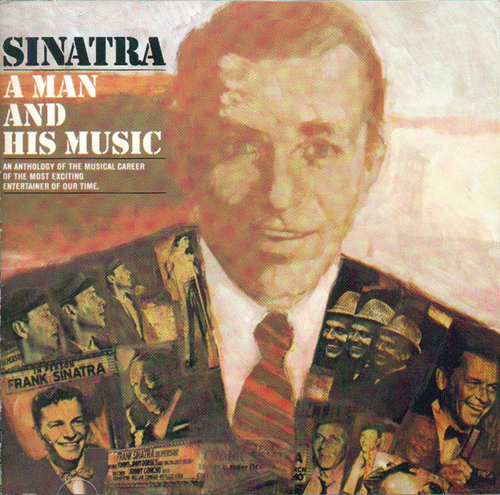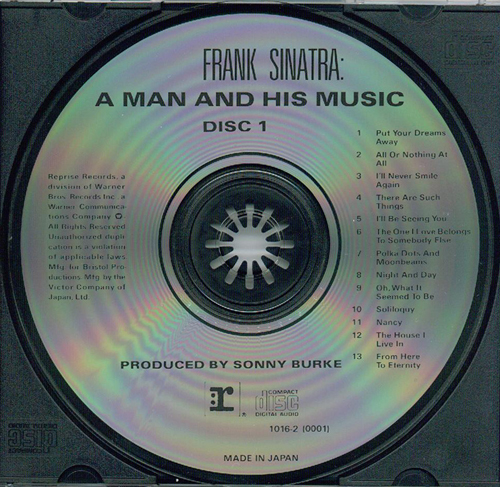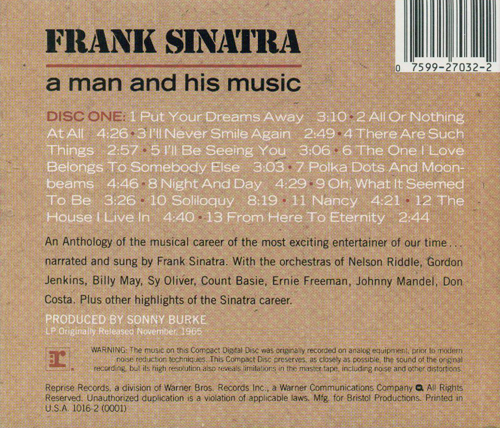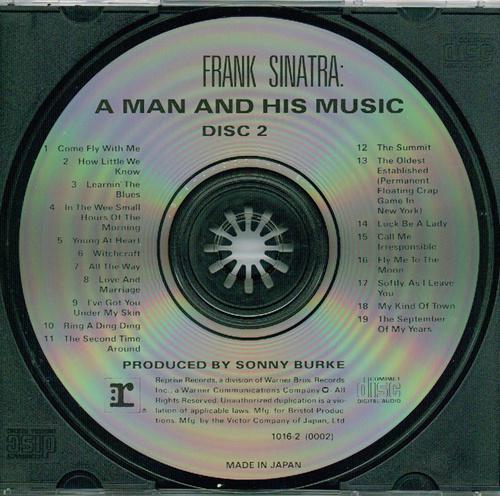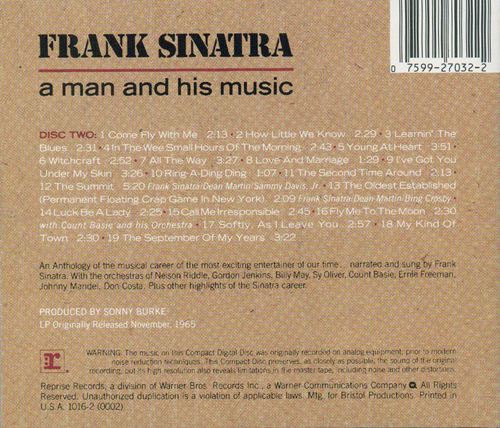Soma overnight fed ex no prescription Maiden Voyage">A sealed early CD: Herbie Hancock http___www.bigleaguekickball.com_category_press_ order soma for over night delivery Maiden Voyage
September 20th, 2015
Since we’re talking early CDs here, those having been released in the 1980s and being long out of print, the vast majority of the discs that collectors deal with are used. Condition, therefore, can be an issue. Discs may be badly scratched or polished, inserts may have handling wear or water damage, etc. (And how is it that people can’t put a booklet in a jewel case correctly, causing tab dents?). However, every so often, sealed copies of these early CDs turn up. In most cases, sealed early West German and Japanese pressings are a one-of-a-kind. How many of these discs are going to survive sealed for 30+ years? Not many, but it does happen.
Of course, the dilemma that collectors face upon finding a sealed early disc is whether or not to open it. Open it so you can listen to it — Yes, that’s what these things were made for — while devaluing it or keep it in its original, sealed condition to maintain that one-of-a-kind collectable and buy a used copy for listening? While we are talking about music, I consider it a mistake to open a sealed copy. Sealed means mint, unplayed. As stated, there rarely is more than one sealed copy out there. Leave it sealed and find a used copy to listen to. That’s my policy.
O.K. Enough preaching. Let’s have a look at a sealed early CD. Here, we consider the first Japanese issue of jazz piano genius Herbie Hancock’s 1965 landmark album Maiden Voyage. Long before Hancock would go electronic and fusion with the likes of Future Shock and Sound-System, he was breaking ground in traditional jazz areas both on his own with Blue Note Records and with groups led by Miles Davis and Donald Byrd. Perhaps Hancock’s best solo effort is Maiden Voyage, a 5-track offering combining melody, rhythm, and Hancock’s be-bop piano.
On Maiden Voyage, Hancock leads a quintet completed by Freddie Hubbard on trumpet, George Coleman on tenor saxophone, Ron Carter on bass, and Tony Williams on drums. Given its stature, the album was one of the early CDs turned out by Blue Note as part of a series released in Japan in 1983. These early Blue Note jazz releases have a CP35 catalog number prefix, which relates to their retail price of ¥3,500. The catalog number for Maiden Voyage is CP35-3071.
The CP35 CDs, including Maiden Voyage, bear what collectors call the “black-triangle” label design, simply noted by the large black triangle on the disc face. Several examples of black-triangle CDs are shown in the Gallery on this site. The sealed copy of Maiden Voyage consists of the jewel case shrinkwrapped, which was typical in Japan. Longboxes were popular in the U.S. for a time but did not catch on elsewhere. As a Japanese release, one would expect the sealed copy of Maiden Voyage to contain an obi strip around one edge of the jewel case. Some copies of Maiden Voyage were released this way, but the sealed copy here pre-dates the inclusion of the obi strip.
Instead of an obi strip, the shrinkwrap around the Maiden Voyage CD has a gold sticker on the front with text in Japanese and showing the retail price of ¥3,500. While sealed CP35 CDs are rare, they are seldom found with the gold sticker in place of an obi strip. Since Maiden Voyage is sealed, it of course is not known which plant pressed the disc inside, but it would either be an early Toshiba-EMI pressing or an early CBS/Sony pressing.
Shown below are the front and back of the sealed copy of Maiden Voyage. Yes, I have a used copy for listening. It sounds great. (It came with an obi strip.)
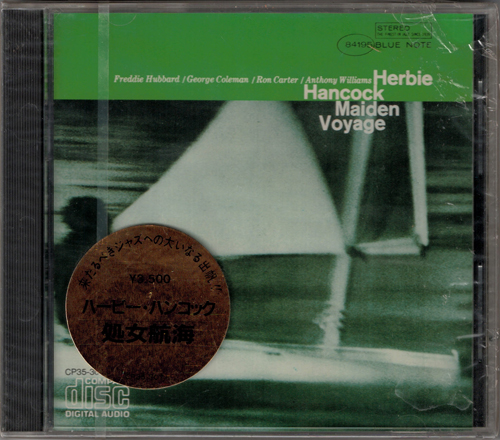
The front of the sealed copy of Herbie Hancock Maiden Voyage (Blue Note, catalog number CP35-3071). This is a particularly early copy by virtue of the gold sticker on the shrinkwrap in place of an obi strip. In addition to Japanese text, the gold sticker shows the catalog number and retail price. The clear strip running vertically on the left side of the package is the “pull strip” within the shrinkwrap used to unwrap the CD. Although not visible, the top and bottom of the jewel case have smooth edges.
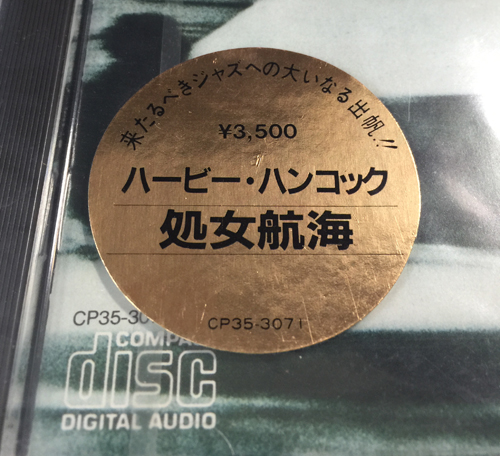
A close-up of the gold sticker on the front of the sealed copy of Herbie Hancock Maiden Voyage (Blue Note, catalog number CP35-3071). The retail price and catalog number can be seen clearly in this picture.
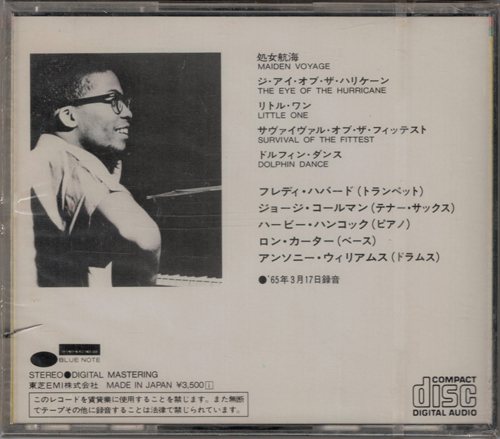
The back of the sealed copy of Herbie Hancock Maiden Voyage (Blue Note, catalog number CP35-3071). Most of the text is printed in Japanese. The retail price is stated in the bottom left corner.

